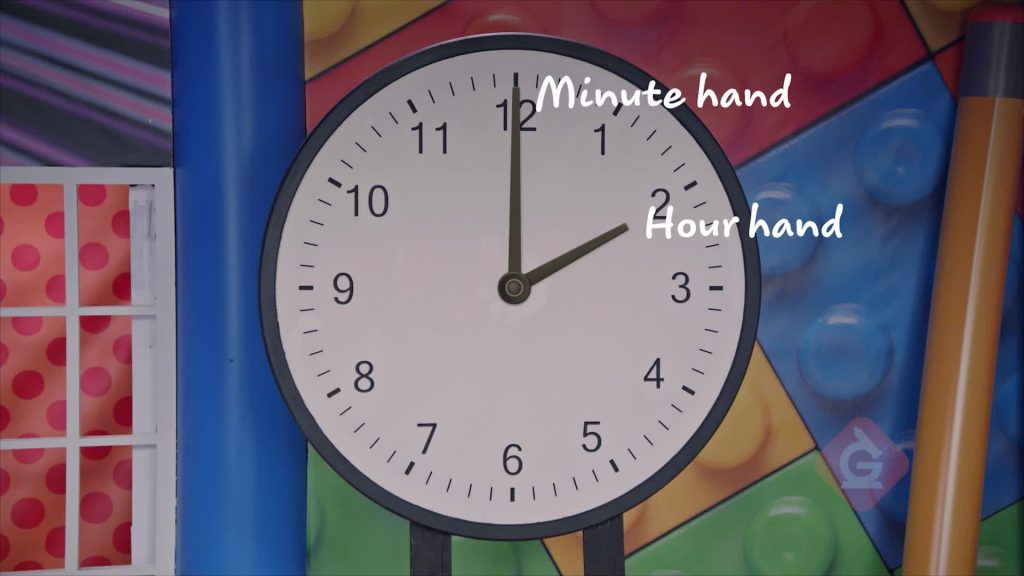
Telling time helps us know when events start and end. It also tells us what time we need to be somewhere, and how long events or tasks last. We use clocks to tell time.
To better understand telling time to the nearest half hour…
LET’S BREAK IT DOWN!
Clocks tell us the time.
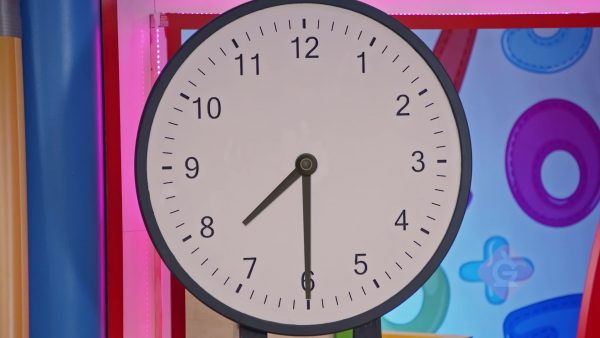
There are many kinds of clocks. Most clocks are analog or digital. Analog clocks have a round face and the numbers 1 to 12. These clocks use hour and minute hands to tell time. Digital clocks use only numbers to tell the hour and minute.
Analog clocks have hands to tell us the time.
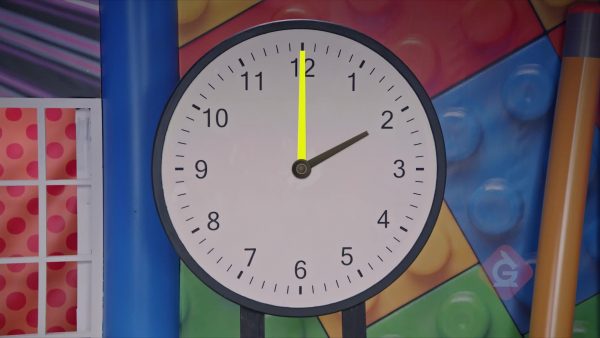
Analog clocks have round faces. They use long and short hands to tell us the time. The numbers 1 to 12 tell us the hour. The tick marks tell us the minutes. There are 60 minutes in an hour, and each tick mark represents 5 minutes.
Analog clocks are used in many places.
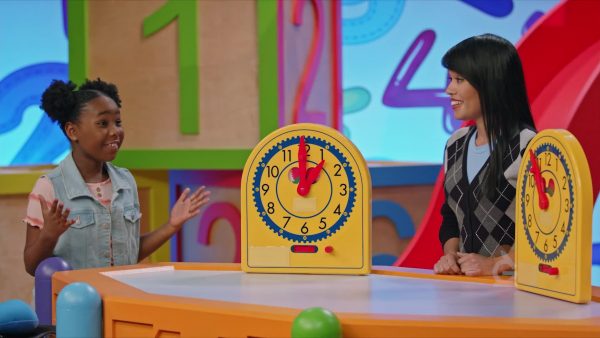
Analog clocks can be found in classrooms. Old clock towers use analog clocks with hands. Analog clocks aren’t used as often as digital clocks now. They will always be around, so everyone should know how to read one.
Digital clocks show the exact time using numbers.
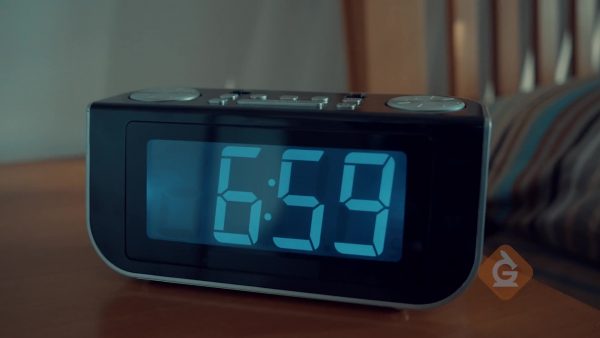
Digital clocks can have any shape of face. The first number tells us the hour. The second number tells us the minutes. Digital clocks often use a colon (:) to separate the hour from the minutes.
Digital clocks are almost everywhere.
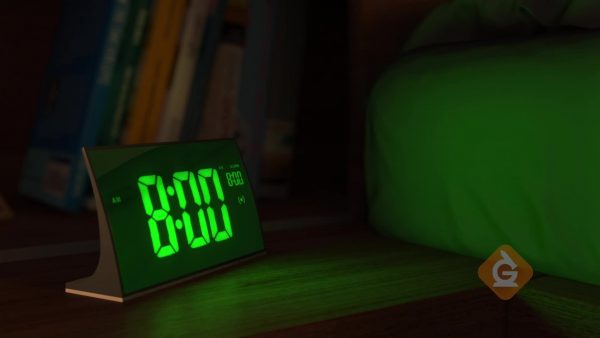
Digital clocks are almost anywhere you look! They are on phones, alarm clocks, laptops, and in cars. Digital clocks make telling time easier by showing the hour and then the minute. You can read the time by reading the hour and then the minutes.
TELL TIME (NEAREST HALF HOUR) VOCABULARY
TELL TIME (NEAREST HALF HOUR) DISCUSSION QUESTIONS
Skip, I will use a 3 day free trial
Enjoy your free 30 days trial





